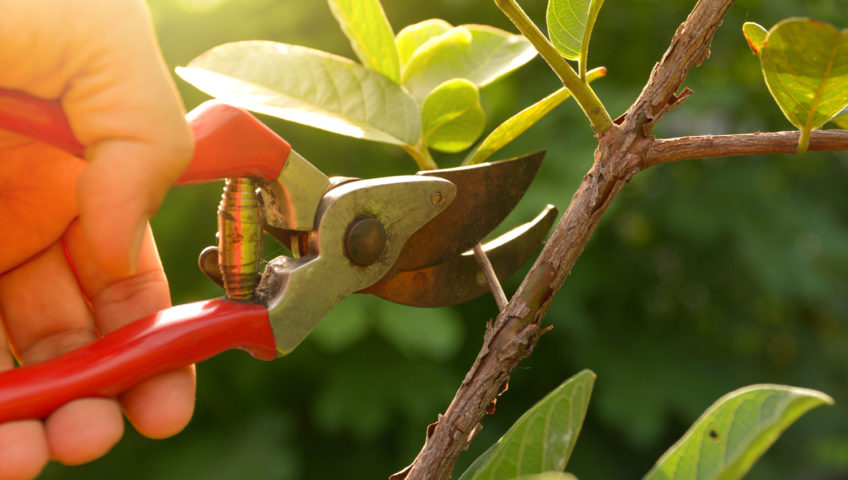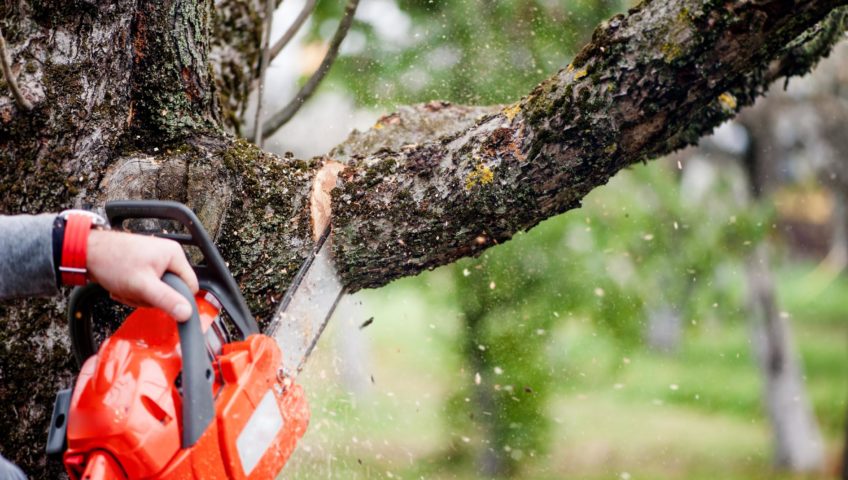Like any living organism, trees are susceptible to disease. In fact, tree diseases are one of the most common causes of tree decline and death. While the trees in Minnesota are better shielded against fungal diseases than the trees in warmer states, there are still several common tree diseases that ravage various tree species during spring and summer. Continue reading to learn more about two of the most common tree diseases in Minnesota and what you can do to keep your trees healthy.
Dutch Elm Disease
Dutch elm disease is a fungal disease which first appeared in Minnesota in 1970. This disease afflicts American elm trees and is most commonly spread by elm bark beetles, though it also may spread through the roots of infested trees. One of the most severe tree diseases present in Minnesota, Dutch elm disease will cause the rapid decline of an infested elm, usually leading to tree death in two years or less.
When an elm tree contracts this disease, its leaves will begin to wilt and turn brown or yellow. This deformation of leaves tends to begin in the crown of an elm tree before spreading down the trunk. As Dutch elm disease progresses, leaves will fall from the tree and dark streaks will become visible beneath the bark.
The most effective way to protect your elm trees is to hire a Twin Cities tree care company to inject your elms with elm bark beetle prevention treatments. Once an elm tree is infested, it is possible to save it if you recognize symptoms of Dutch elm disease early. Ongoing treatments for Dutch elm disease performed by certified arborists can help elms survive this terrible disease.
Oak Wilt
Oak wilt is a fungal disease that afflicts both red oaks and white oaks living in Minnesota. The disease is spread in two ways: by sap beetles that carry the fungus from infested oaks to healthy trees, and by grafts between the roots of oak trees. Oak wilt is extremely lethal to red oaks, which usually succumb and die within just one year of infestation. White oaks tend to be more resilient but will still decline after infestation and may perish after several years.
The main symptom of oak wilt is leaves turning brown and falling from the tree, a process that tends to progress downward from the crown of a tree. Red oaks will display these symptoms almost immediately after infestation, while symptoms may not appear for some time in white oaks.
There is no cure for oak wilt, but there are ways of preventing and treating the disease. It’s best practice to avoid pruning oaks during late spring and summer, when sap beetles are most active and most likely to enter open tree wounds, spreading the fungus. If you catch oak wilt early on, professional arborists in the Twin Cities may be able to save your tree with fungicide treatments. However, if oak wilt has progressed too far for a tree to be saved, it’s best to have the oak tree removed so that the disease cannot spread to other trees in the area.
The Best Tree Care Arborists in the Twin Cities
Preventing oak wilt, Dutch elm disease, and other deadly tree diseases is one of the most effective ways to keep your trees in great health as the years go by. Get in touch with Pro Tree today if you’re in need of tree health care services in the greater Twin Cities metro area!










